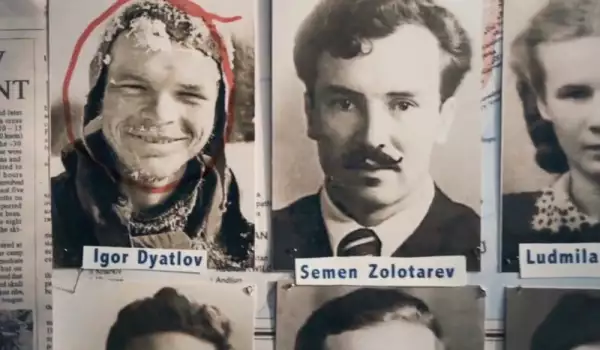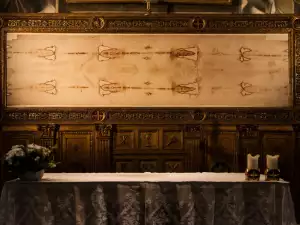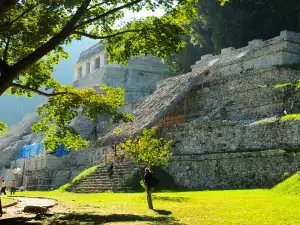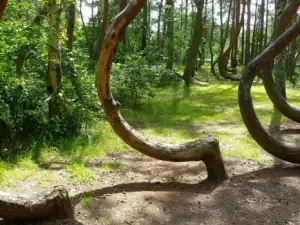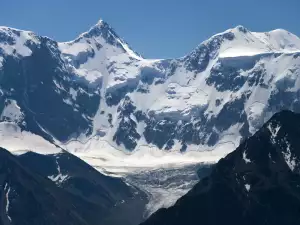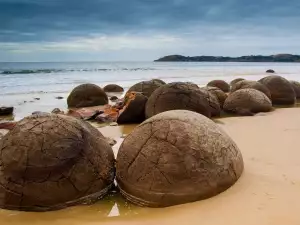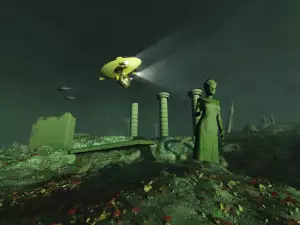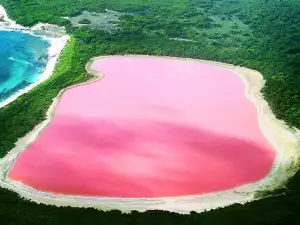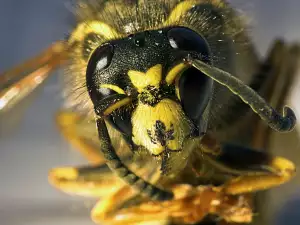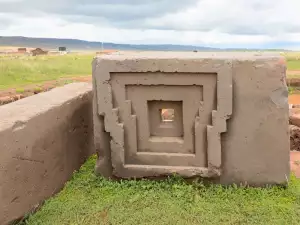From the USSR's secret archives, there is a well-known event which led to the mysterious deaths of 9 skiers on the night of February 2, 1959. The incident is documented as the Dyatlov Pass Incident.
The horrendous event took place on the eastern shoulder of the Kholat Syakhl mountain, which today the locals call Dead Mountain.
After the bodies of the dead skiers were found, the mountain pass was named after the leader of the group - Dyatlov, and the mystery of the deceased skiers remains known as the Dyatlov Pass Incident.
Due to the lack of eyewitnesses and proof, Soviet investigators blamed the deaths of the skiers on a compelling and unknown force.
The youthful ski group consisted of 9 people, who were preparing to pass through the northern part of the Ural mountains in Sverdlovsk Oblast. The group's leader was Igor Dyatlov, and the other members included 7 men and 2 women, some of them still students.
Zinaida Kolmogorova, Lyudmila Dubinina, Alexander Kolevatov, Rustem Slobodin, Yuri Krivonischenko, Yuri Doroshenko, Nicolai Thibeaux-Brignolles, Alexander Zolotariov and Yuri Yudin began their final trek at the beginning of 1959. Most of them were experienced skiers, who had participated in mountain hikes before.
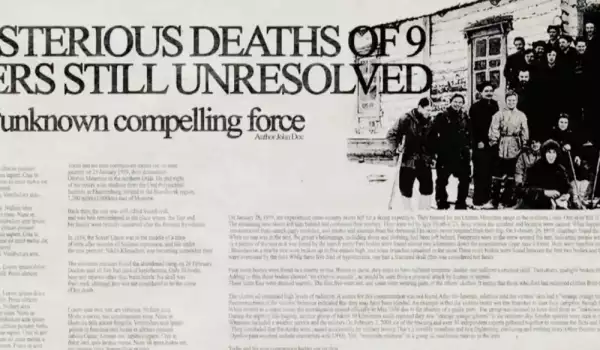
On January 25th, the group arrived in the city of Ivdel, then headed for Vizhai, where they began their trek toward Otorten on January 27th.
From the very first day of the march, Yuri Yudin fell sick and returned back to Vizhai, without suspecting that he would be seeing his friends for the last time.
The diaries and cameras which investigators found revealed that on January 31st, the group started for the peak of Kholat Syakhl with the necessary provisions and equipment, but went off track.
Once they realized they weren't on the right track, the skiers decided to make camp and from that point there is no other information about what happened.
There was no word from the group until February 20th, which should have returned to Vizhai no later than February 12th. The parents of the skiers demanded for a rescue operation to be organized and a group of volunteers headed off to search for the missing men and women.
On February 26th, the ripped tent was discovered, along with footprints heading off toward the forest. The bodies of Krivonischenko and Doroshenko were found 1640 ft (500 m) from the tent, barefoot and wearing only their underwear. Between them and the tent, investigators came upon the bodies of Dyatlov, Kolmogorova and Slobodin, frozen in such positions as to suggest that they had been attempting to return to the tent.
The other members of the group were found 2 months later, buried under 13 ft (4 m) of snow.
During the autopsies of Nicolai Thibeaux-Brignolles, Lyudmila Dubinina and Alexander Zolotariov, investigators found severe skull trauma and injuries in the ribcage area, and Lyudmila's tongue was missing.
Since no injuries were found on the bodies of the others, the theory that the group was attacked by locals has been overthrown.
At a temperature of -20°F (-30°C), most of the skiers were found without any clothes, and the signs around the camp showed that they didn't leave it by their own will.
Some of the clothes of the victims were found to be containing high doses of radiation. High radiation was recorded on the peak itself but the source has not been found.
Relatives of the deceased shared that their bodies had an unusual brown tan.
Some reports described plenty of metal debris in the area of the incident, which made some believe that the military was involved.
Another expedition reported that on that fatal night, they saw strange orange spheres in the sky, which were visible in the February-March period of 1959.
